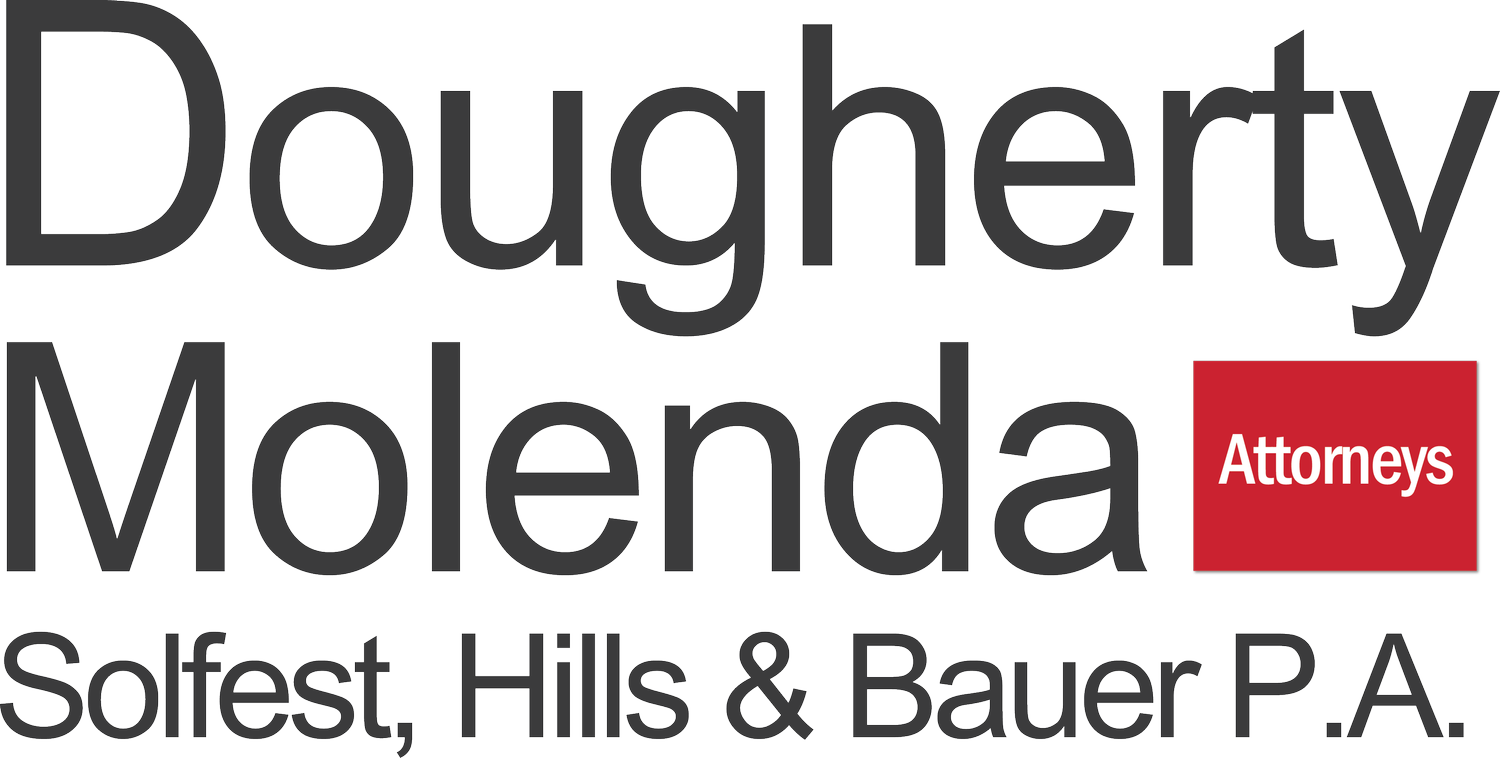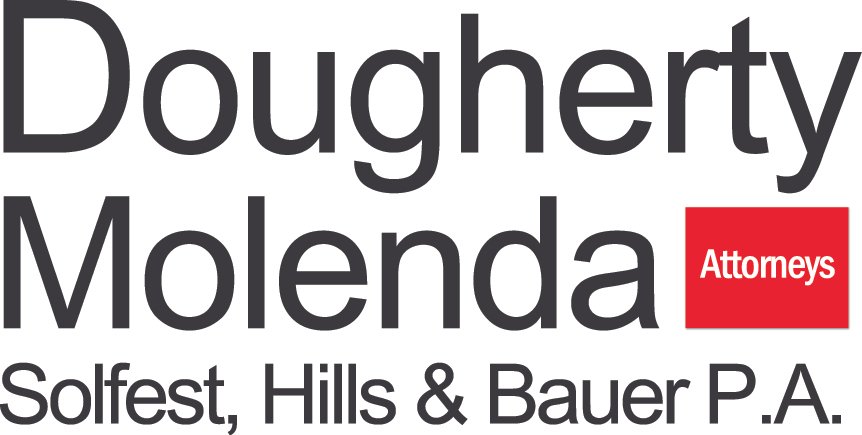
Insights
REAL ESTATE | THE MINNESOTA LEASE: PLAN AHEAD TO AVOID PROBLEMS LATER
Leases are simply contracts, the focus of which is to grant a a tenant the right to possession of the leased premises for the term of the lease.
Good transactional lawyers understand that a great form contract is a staple in any practice area. A transactional real estate lawyer should maintain a landlord-favorable lease and should understand tenant-favorable provisions in both the residential and commercial contexts. Most attorneys will use the landlord-favorable document far more frequently because landlords 1) more frequently hire attorneys and 2) more frequently bring their own forms to the negotiation. Tenants usually request lease review, not lease drafting.
The goal of any lease should be to make the obligations of the parties clear. Other than clarity, the goals of a landlord and tenant tend to be directly divergent. A tenant wants the premises at a low cost with minimal obligations. By contrast, a landlord negotiates for maximum revenues with minimum obligation and risk.
By understanding the components of a solid lease form, a practitioner can provide solid advice about appropriate changes and modifications to the form for landlords and tenants. Anyone can print a lease form, but only an attorney can provide legal advice about how each component of the form impacts a client’s goals, which is to achieve a predicable result based on the client’s expectations.
Numerous state laws and applicable city ordinances impose requirements upon landlords. Many notice requirements and ordinances make having a written lease a best practice. While stock forms can be downloaded online, it is better to customize language to best suit the needs of the property and the situation. Problems arise when parties do not understand their lease, or the terms contradict local ordinances or statutes.
A. Rental agreement.
1. Property leased.
Some mistakenly presume that a lease must contain a legal description in order to be enforceable. That is not true, but unless you have a free litigator on retainer, it is best to be precise when describing the leased premises.
Note: A legal description is required if the lease will be recorded. When recording is anticipated, it is typical to record a short-form memorandum of lease that contains no financial terms.
a. Residential leases.
Most residential leases include a street address and apartment number. This is usually enough, and questions about which property is subject to the lease is rarely an issue.
b. Commercial leases.
Identify the space with as much specificity as is needed to avoid disputes over what space is part of the leasehold estate or the “premises.” Be specific in describing the space, including the square footage for the space and any common areas that are included in the definition of “premises.”
The goal is to avoid misunderstandings. Be aware of differences between the as-built structure and the plan or visualization of it in the lease. Is it accurate? Also be aware of mistaken estimates as to the rentable area in a project to be built and try to avoid them. Tenants should consider whether additional elements should be included in the “premises,” such as parking. Also, considerations of storage space and expansion rights is appropriate in this section.
Commercial leases often require a build-out, which will require inclusion of a construction exhibit to the lease. Lawyers should generally not be handling construction matters but should encourage clients to focus on these details with contractors (who are the experts on this topic).
2. Parties to the lease.
a. Landlord.
Minnesota law defines a “landlord” as “an owner of real property, a contract for deed vendee, receiver, executor, trustee, lessee, agent, or other person directly or indirectly in control of rental property.” Minn. Stat. § 504B.001 (2015).
b. Residential tenant: The more the merrier, usually.
In residential leases, landlords prefer to see all adults sign the lease. The more individuals there are listed on a lease, the more likely it is that a landlord will be paid. Good guest rules and provisions will prevent abuse and overuse of the premises. Residential septic systems can be overtaxed if 15 people are living under one roof.
c. Commercial tenant: Who is it?
Some commercial landlords do not carefully vet or scrutinize the identity of the tenant. This is a mistake. In addition to considering financials for a potential tenant, a landlord should always ask these simple questions up front:
What is the legal name of the entity?
Who is the president or CEO?
If the person signing is not the president or CEO, does the person have authority to sign (although evidence of authority is not routinely required in lease transactions)?
A landlord should always verify that the entity involved in a commercial lease is registered to do business in Minnesota. Check the Minnesota Secretary of State’s Web site and conduct a name search to confirm the exact legal name of the entity and the good standing status.
A simple way to assure that the potential tenant is in good standing is to require a Certificate of Good Standing. These can easily be obtained from the Secretary of State by the tenant candidate.
d. The guarantor.
In nearly all cases, a commercial lease should have a guarantor. Best Buy probably doesn’t need to have its CEO guaranty its leases, but a dentist or lawyer should probably be signing a personal guaranty for space they are renting. Commercial property is frequently valued on the basis of tenant occupancy. Guaranties strengthen the value of the leases, which, in turn add value to the property itself.
e. The management company.
Landlords must disclose to tenants certain information about who is authorized to manage the premises and who is authorized to receive service of process for the landlord. Minn. Stat. § 504B.181. If a management company is managing property for a landlord, the management company should be clearly identified in the lease.
3. Licensing for Residential Landlords
Most cities in Minnesota have enacted local requirements for landlords to be licensed. Licensing is one way for Minnesota cities to ensure that landlords thoroughly understand their duties.
To operate a licensed residential property, the unit must comply with local habitability and safety requirements. Requirement regarding smoke and carbon monoxide detectors, fire extinguishers, exits, and bedroom requirements are expected to be understood by the landlord. Strict compliance with local safety provisions could mean the difference between a sad news story about a family that succumbs to a house fire and a simple call to a contractor to perform repairs.
Licensing may also play a role should a tenant breach a lease agreement. A common contractual defense is illegality.
Licensing and compliance is also important in regards to property insurance coverage. Despite what you may have heard on commercials, insurance companies seek to minimize payouts to customers. Clear demonstration of adherence to safety and occupancy standards reduces the ability of an insurance company to deny a claim.
4. Recent Statutory Updates for Residential Leases.
The Minnesota Legislature has enacted multiple updates that affect residential leases. Leases executed after January 1, 2024, now must comply with those new requirements.
Contracts should be drafted in a way that all parties clearly understand their obligations. The legislative updates provide lease requirements to aid in the disclosure of pertinent information. Additionally, Minnesota now requires specific information to be included on the FIRST page of the residential lease. Leases must also disclose any required fees, variable utilities, and other expected expenses.
There are also new statutory requirements for when a landlord can request a tenant renew their lease and limits on what a residential landlord can charge for a security deposit.
5. Move-in and Move-out Inspections for Residential Leases.
Prior to 2024, it was best practice for landlords to conduct move-in and move-out inspections of residential rentals. New legislation now makes this a requirement.
At the commencement of a residential tenancy, or within 14 days of a residential tenant occupying a unit, the landlord must notify the tenant of their option to request an initial inspection of the residential unit for the purposes of identifying existing deficiencies in the rental unit to avoid deductions for the security deposit of the tenant at a future date. If the tenant requests an inspection, the landlord and tenant shall schedule the inspection at a mutually acceptable date and time.
Minn. Stat. § 504B.182, Subd. 1.
Within a reasonable time after notification of either a landlord or residential tenant's intention to terminate the tenancy, or before the end of the lease term, the landlord shall notify the tenant in writing of the tenant's option to request a move-out inspection and of the tenant's right to be present at the inspection. At a reasonable time, but no earlier than five days before the termination or the end of the lease date, or day the tenant plans to vacate the unit, the landlord, or an agent of the landlord, shall, upon the request of the tenant, make a move-out inspection of the premises. The purpose of the move-out inspection shall be to allow the tenant an opportunity to remedy identified deficiencies, in a manner consistent with the rights and obligations of the parties under the rental agreement, in order to avoid deductions from the security deposit. If a tenant chooses not to request a move-out inspection, the duties of the landlord under this subdivision are discharged. If an inspection is requested, the parties shall attempt to schedule the inspection at a mutually acceptable date and time.
Minn. Stat. § 504B.182, Subd. 2.
We encourage all landlords to develop a process for inspections (including periodic inspections) to properly document the condition of a property. This is particularly important if a landlord retains some or all of a security deposit.
FOR MORE INFORMATION ABOUT LANDLORD-TENANT RIGHTS, CHECK OUT MINNESOTA EVICTIONS, PLAIN AND SIMPLE, SORT OF . . .
ABOUT THE AUTHORS
Matthew Schaap is a litigation attorney who provides services for a wide variety of personal and business litigation matters. He has been with Dougherty Molenda since 2004.
Melanie Finley is an associate litigation attorney who provides a wide variety of services for civil litigants, including both landlords and tenants. She joined Dougherty Molenda in 2022.
ABOUT DMSHB
DMSHB provides the experience and capabilities of a large law firm, with the personal service, value and attention clients expect in a small-firm environment. Contact us to learn more.

